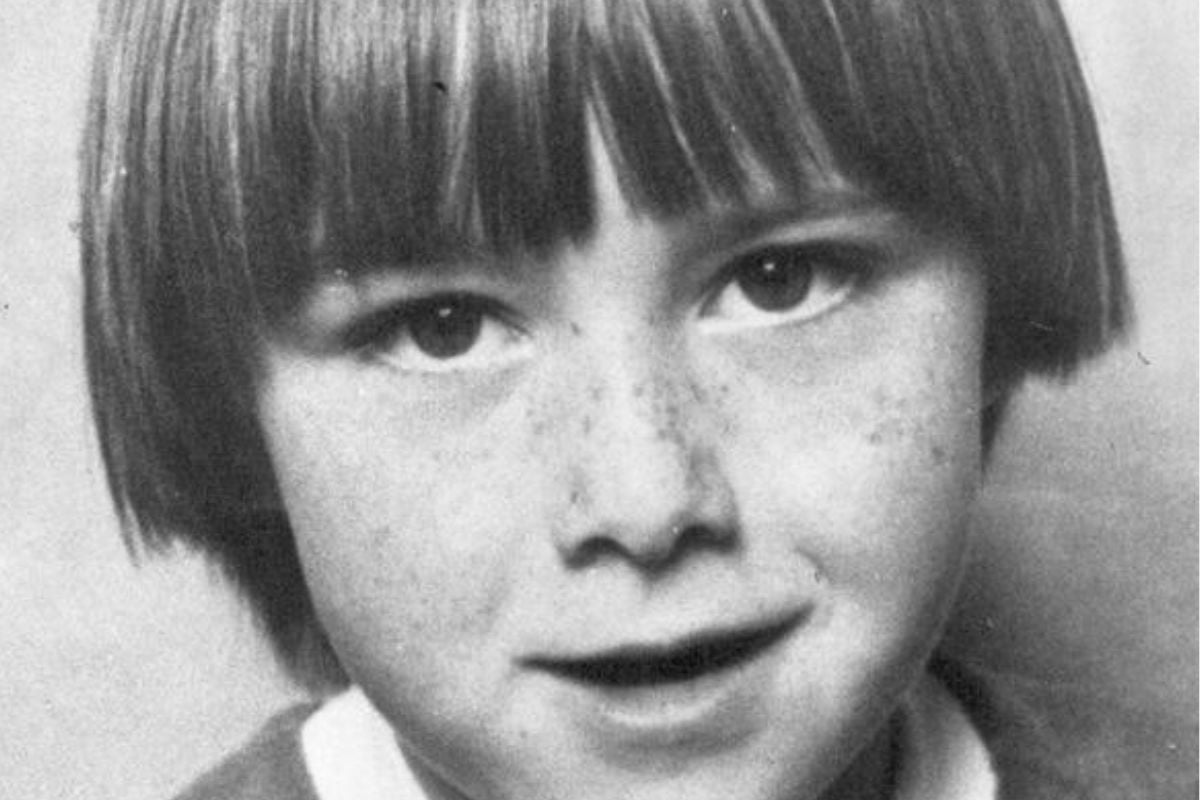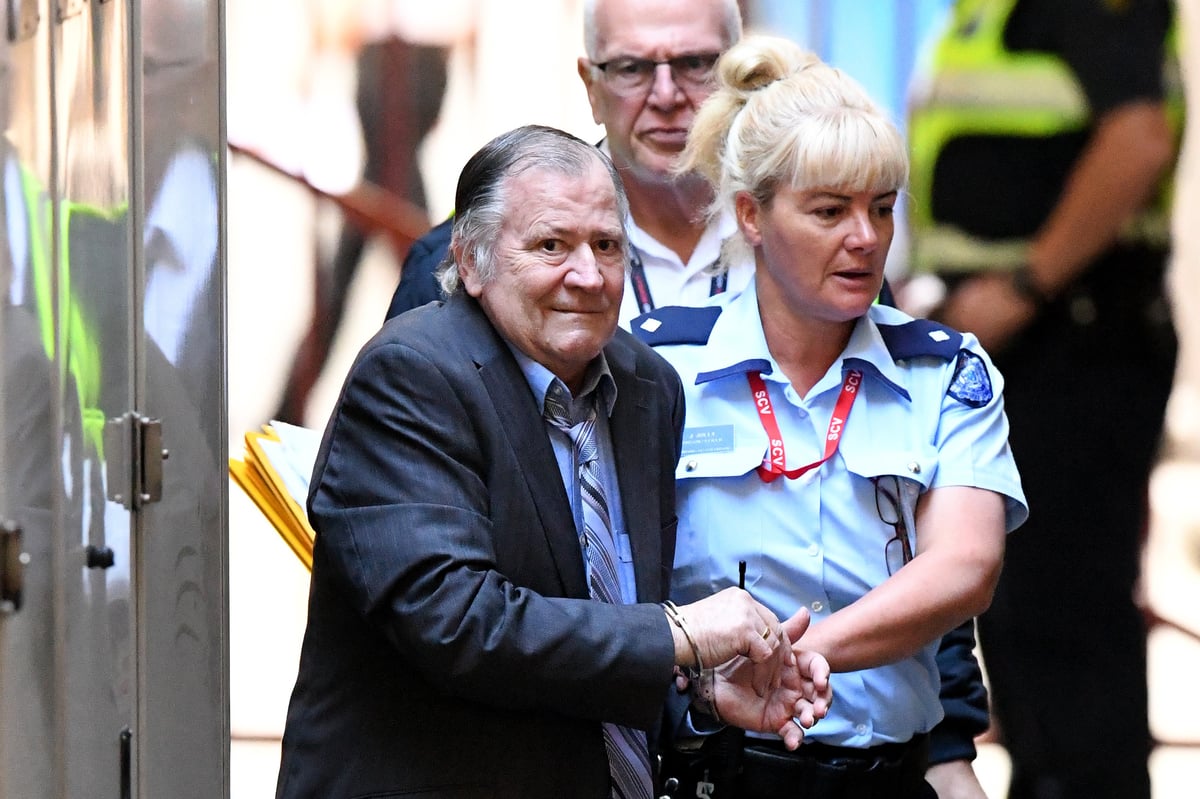
Warning: this article contains descriptions of child abuse and murder.
Keith Moor had just started at the Melbourne Herald, and being the newest to the team, he'd been given the midnight to dawn shift.
That's how he found himself standing on Donald Street in Preston in the early hours of the morning after Melbourne Cup day, staring at a sheet atop a tiny body in the gutter, while a lone policeman stood guard.
The ambulance arrived and then the homicide squad, and Moor watched on as they inspected the little girl's lifeless body.
Watch: What happened to Kylie Maybury? Post continues after video.
After following the story all morning, he finally drudged through his front door at about 10am.
"Have you had to do the awful Kylie Maybury story?" asked his wife.
Moor burst into tears, as he did 40 years later during our interview on Mamamia's True Crime Conversations.
"Maybe it was because I was a first time father, maybe it's just because I'm human. You wouldn't be human if you weren't affected by seeing the dead body of a six-year-old girl who has been raped and murdered," he said.


